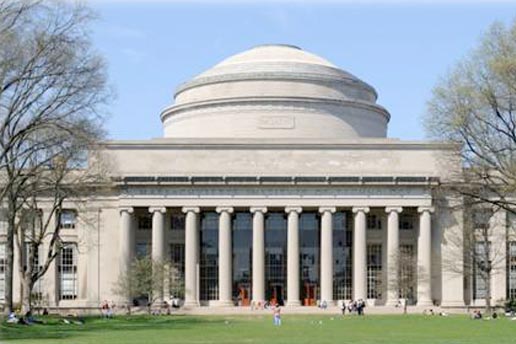
For more than two years, MIT and nine partner organizations have been developing computer simulation tools to enable the nuclear energy industry to tackle two challenges: extending the lifetime and increasing the output of existing reactors, and improving nuclear plant designs of the future.
Led by Oak Ridge National Laboratory, researchers in the Consortium for Advanced Simulation of Light Water Reactors (CASL) are drawing on the world’s most powerful computers to create a simulation—with unprecedented spatial resolution—of an operating light water reactor. Using that “virtual model,” they will be able to improve reactor reliability, safety, and performance. Future refinements will permit analyses of next-generation designs.
Work at MIT focuses on modeling the behavior of key materials such as fuel and fuel cladding together with energy generation and transport processes to provide better estimates of how those materials will perform in the extreme environment of a nuclear reactor. The MIT team is led by principal investigator Professor Mujid Kazimi, director of the MIT Center for Advanced Nuclear Energy Studies, and co-principal investigators Professors Sidney Yip and Jacopo Buongiorno. Participants include faculty and research staff from nuclear science and engineering, materials science and engineering, and mechanical engineering.
CASL was the first of three Energy Innovation Hubs announced in 2010 by the US Department of Energy. It was awarded up to $122 million of funding over five years and involves collaborators from universities, industry, and national labs. MITEI Director Ernest Moniz served as the inaugural chairman of the CASL Board of Directors.
This article appears in the Autumn 2012 issue of Energy Futures.